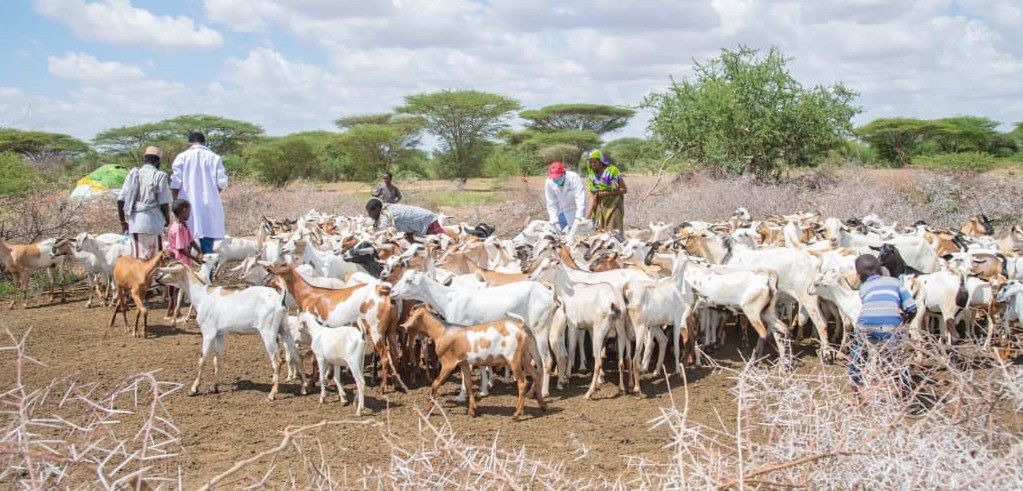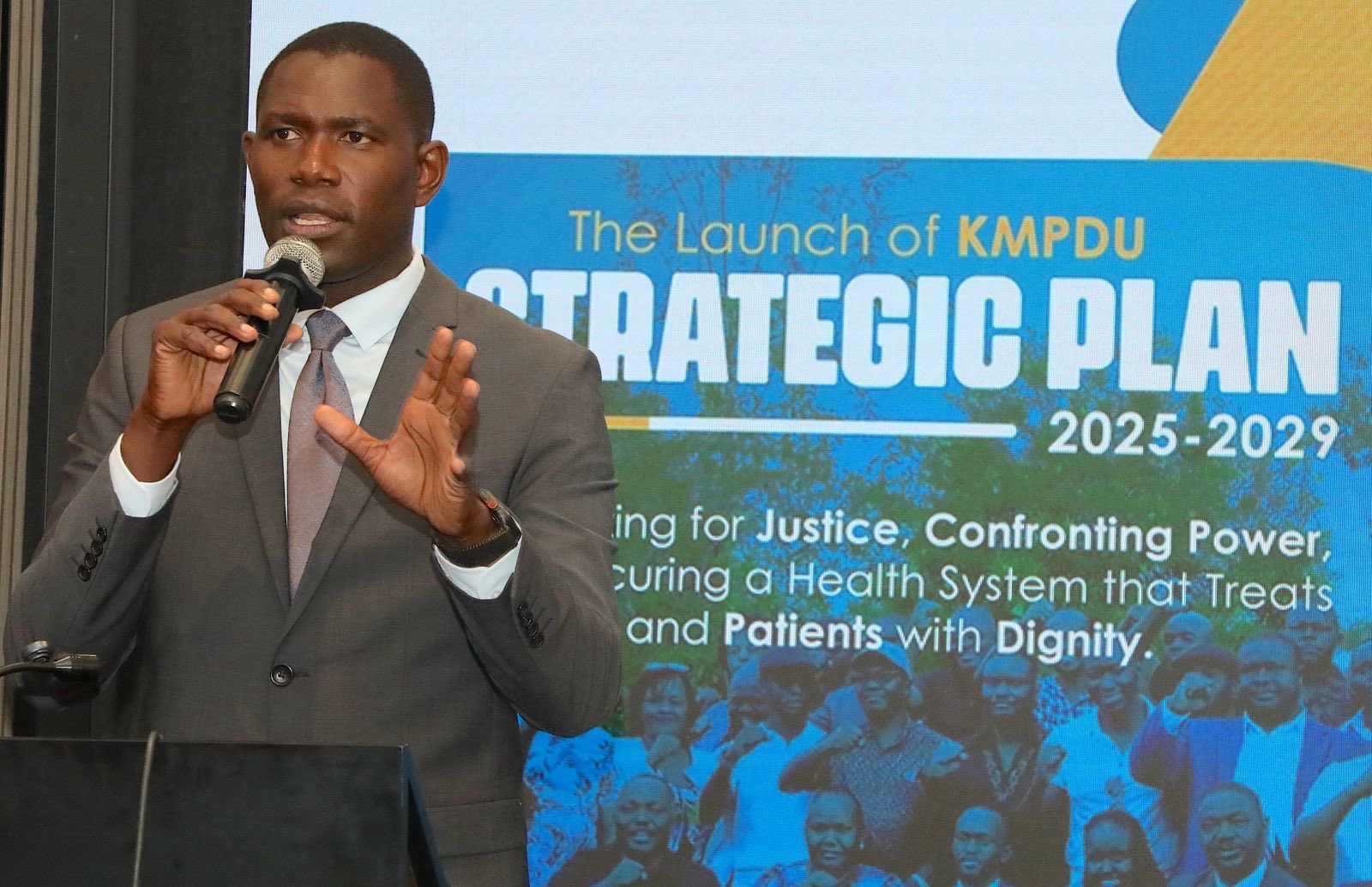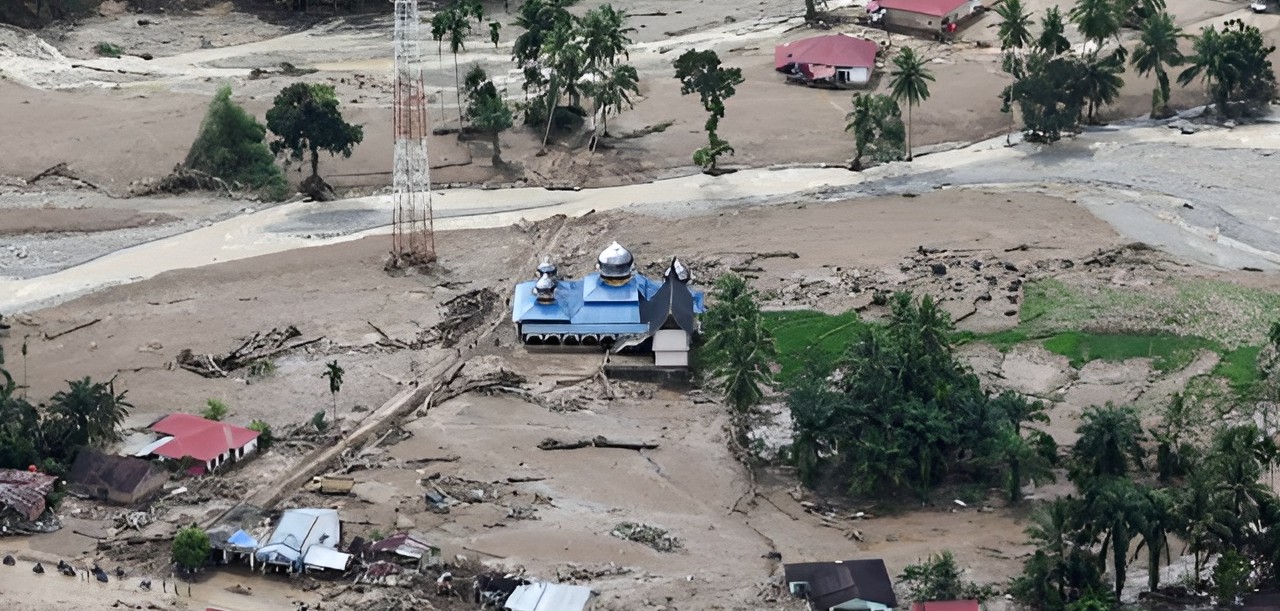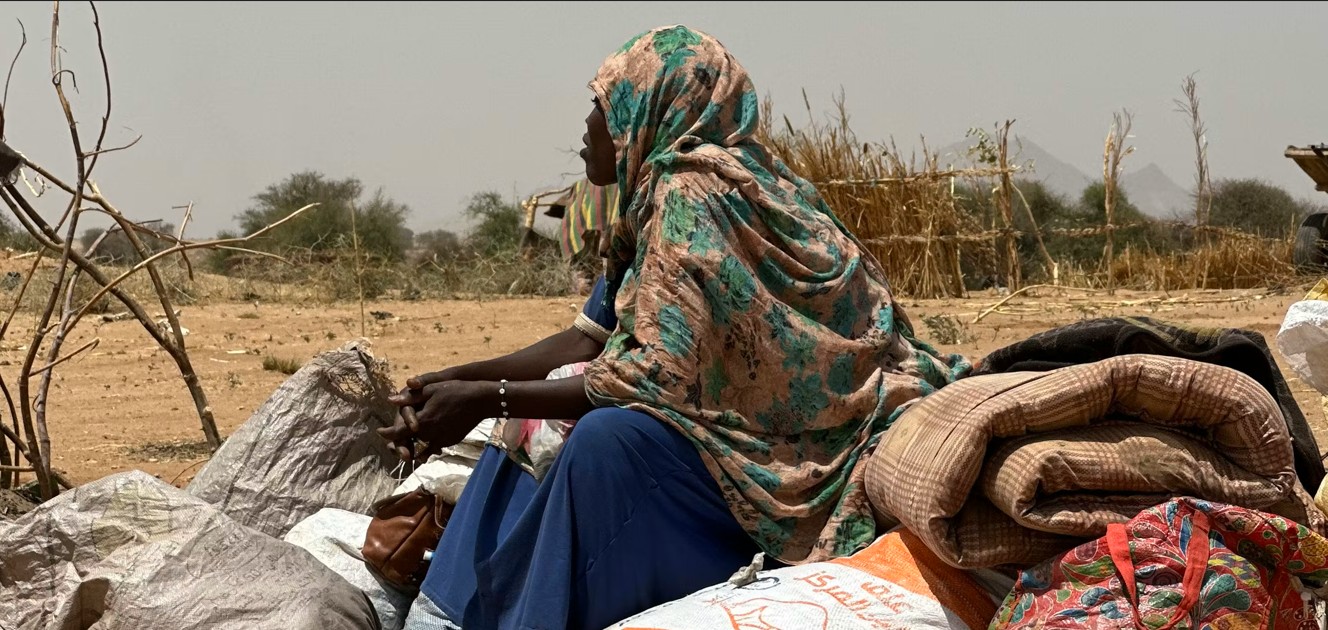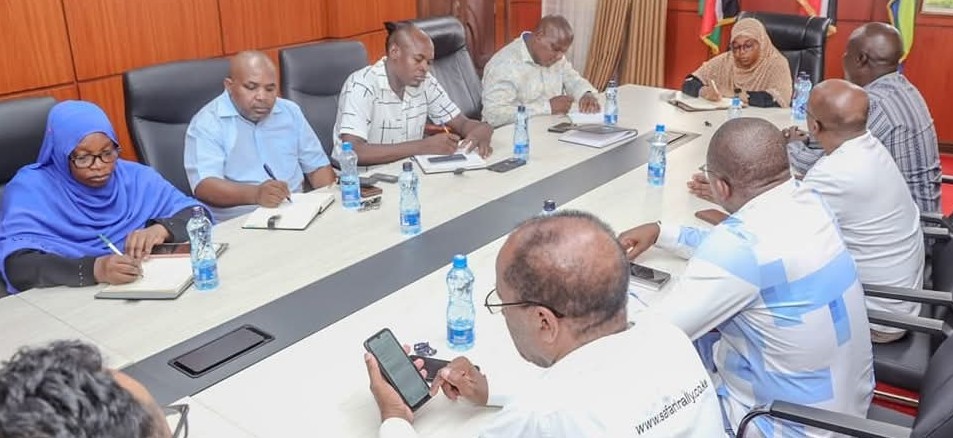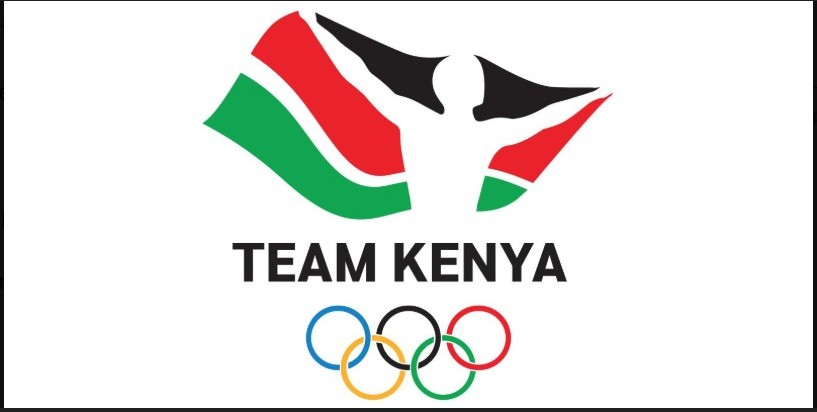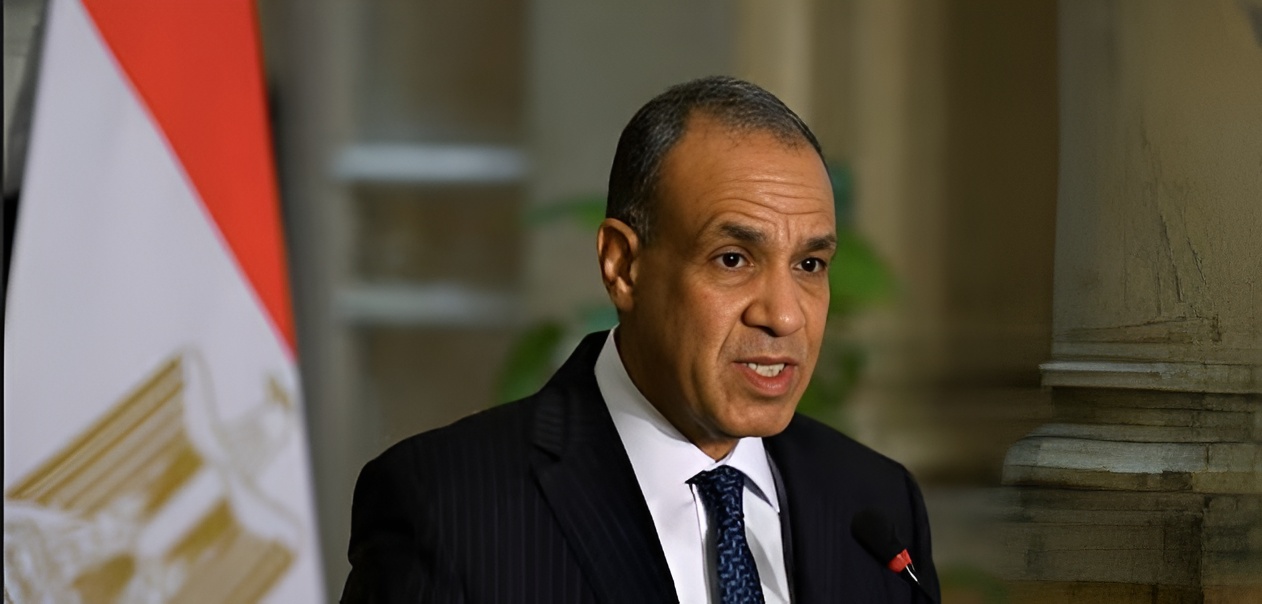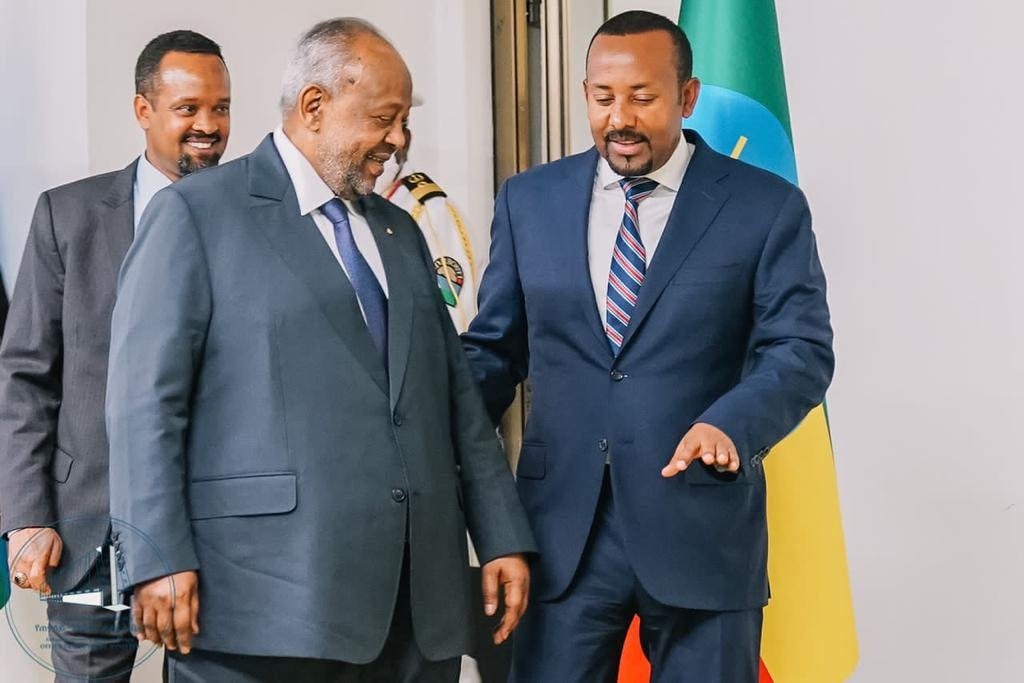Kenya expands fibre network to 13,590km in 2025, boosting digital access and govt services

The fibre expansion forms a backbone for key government digital services such as health, education, and identity systems, while also boosting the digital economy.
Kenya has expanded its national fibre optic network to 13,590 kilometres in 2025, up from 8,900 kilometres in 2022, marking a significant stride in the country’s digital infrastructure rollout.
Speaking while presenting the 2025/2026 budget estimates in Parliament on Thursday, National Treasury CS John Mbadi announced that the government has laid an additional 4,690 kilometers of high-speed fiber optic cable—enhancing broadband access in previously underserved counties, accelerating the digitization of government services, and creating new digital job opportunities for youth, especially in rural areas.
More To Read
- MPs demand answers over delayed ICT ministry projects, stalled legislation
- 11 per cent of Kenyans use mobile phones they do not own - survey
- Millennials edge out Gen Z in internet use – CA study
- Free Wi-Fi transforms Wajir’s Wagalla village as internet access reaches remote areas
- State warns landlords against restricting access for telcos
- Japan sets new internet speed record at 1.02 petabits/second
The National Treasury allocated Sh12.7 billion to the ICT sector under the digital superhighway initiative in the 2025/2026 national budget.
The fibre expansion forms a backbone for key government digital services such as health, education, and identity systems, while also boosting the digital economy by providing stable, high-speed internet access to schools, hospitals, county offices, and innovation centres across the country.
In line with its digital expansion plan, the government aims to connect over 700 government institutions this year through the National Optic Fibre Cable Backbone Infrastructure initiative.
The goal for 2025 includes linking 754 institutions, with 377 located in Western Kenya; 128 in Kakamega, 116 in Bungoma, 81 in Busia, and 52 in Vihiga.
In 2024, 278 institutions were connected, including 91 in Kakamega, 83 in Bungoma, 54 in Vihiga, and 50 in Busia.
The allocation will fund a range of critical interventions, including broadband infrastructure, last-mile connectivity, digital skills hubs, and e-government platforms.
Despite a 22 per cent reduction from the previous year’s ICT budget of Sh16.3 billion, Mbadi said strategic focus would ensure continuity of key projects.
As part of the broader digital transformation strategy, the government is also working to complete the rollout of 1,450 ward-level ICT hubs by 2028, with 285 hubs already operational.
These centres are designed to offer free public internet access, access to government services, and training in digital skills.
Additionally, 1,563 public Wi-Fi hotspots have been set up to improve internet accessibility for millions of Kenyans.
The budget further allocates Sh3.1 billion for the Konza Data Centre and Smart City, Sh700 million for the rollout of the national e-procurement system (e-GP), and Sh750 million for the maintenance and rehabilitation of last-mile county connectivity networks.
Top Stories Today
